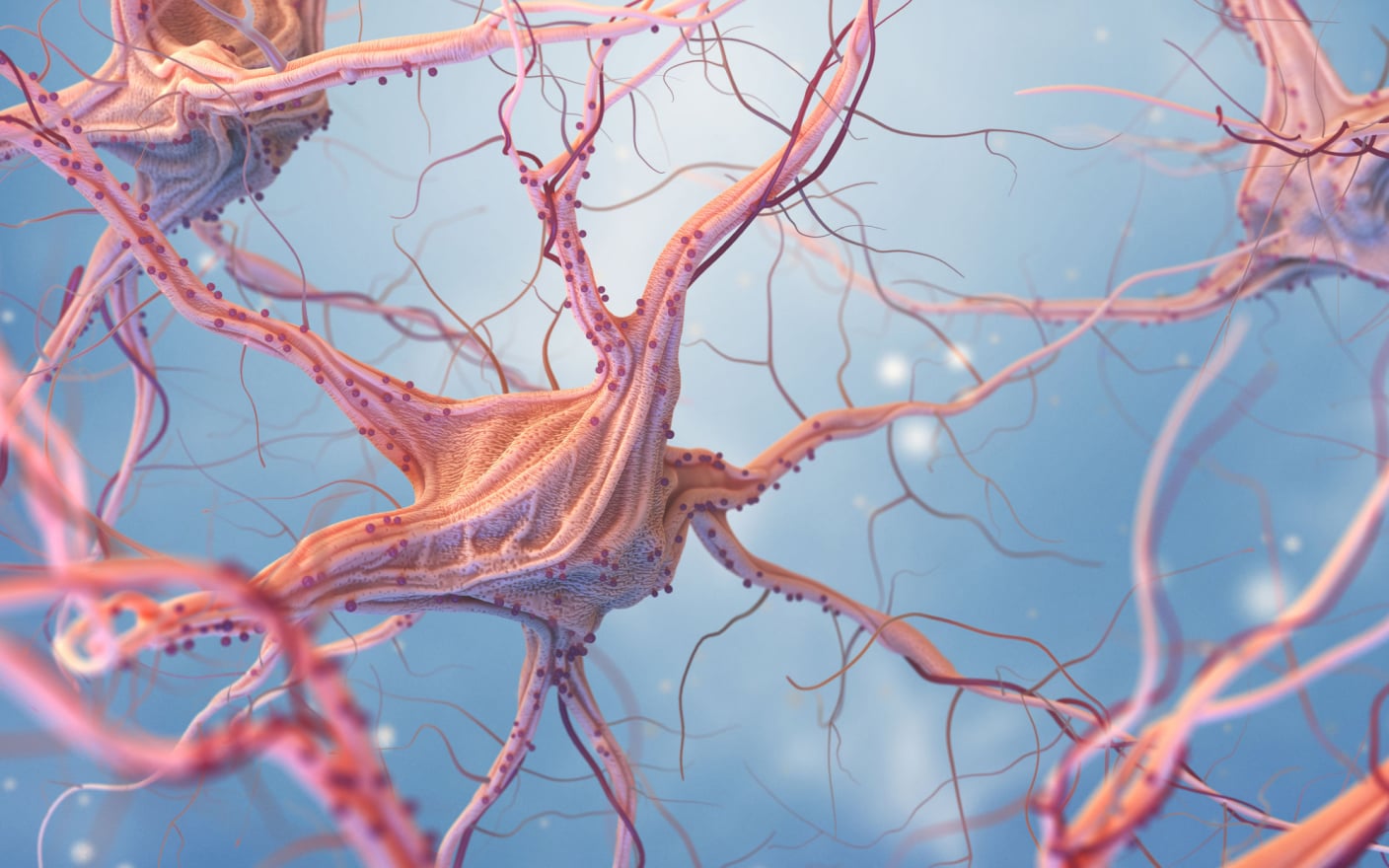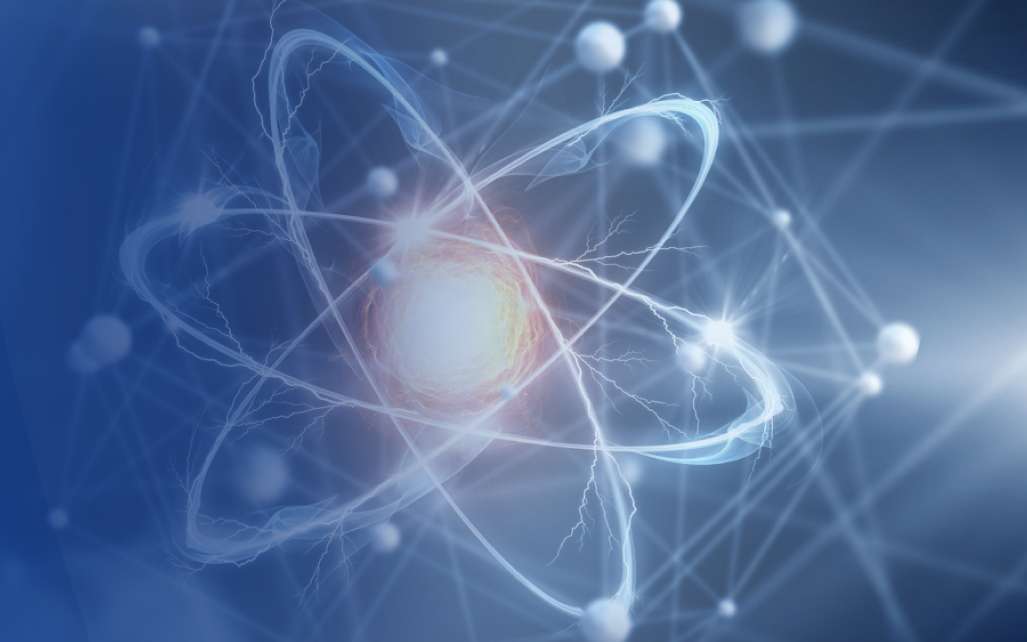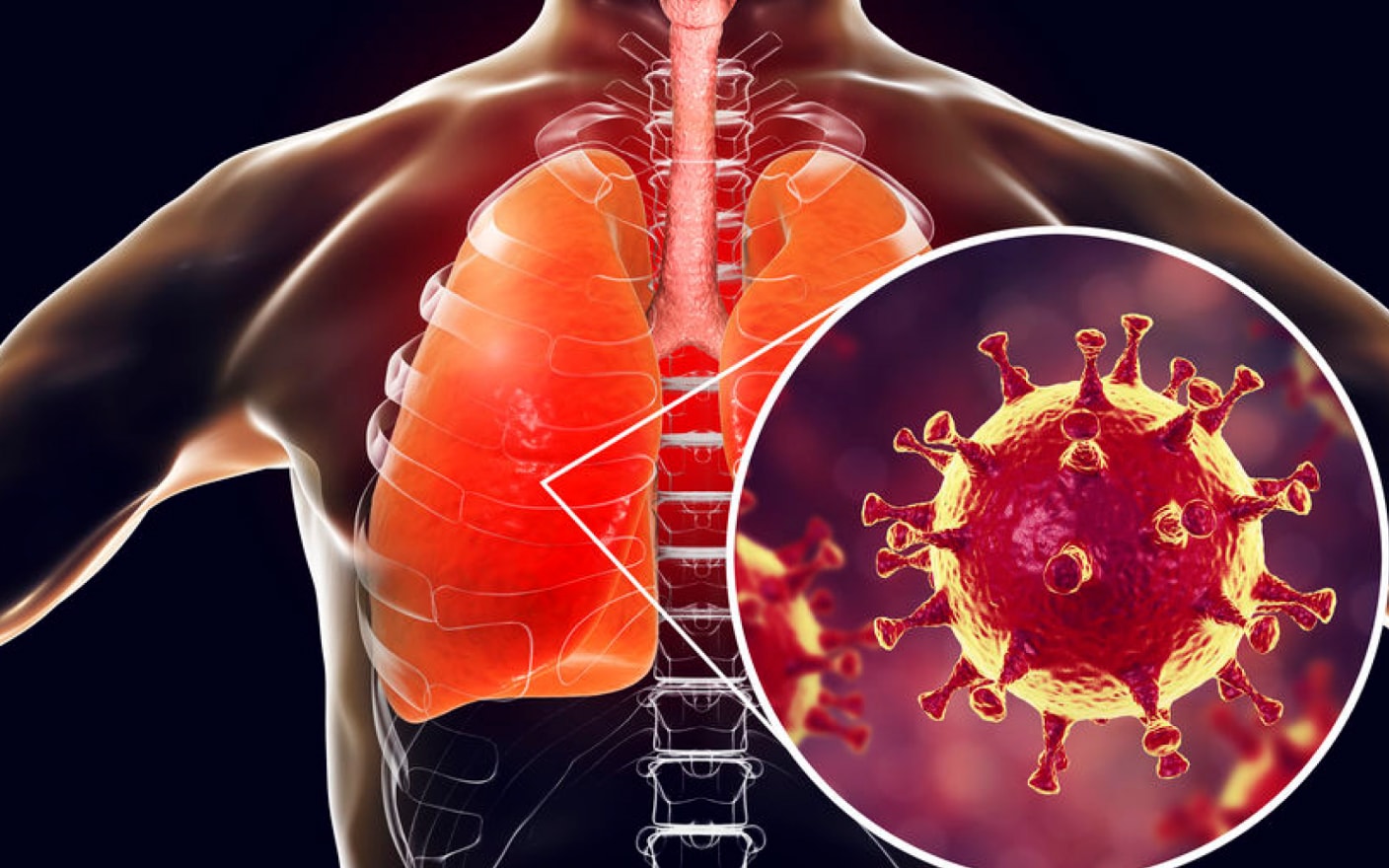◢ Br J Clin Pharmacol. 2021 Mar;87(3):1475-1485. doi: 10.1111/bcp.14555. Epub 2020 Nov 5.
Lu Wang1 | Lian Guo2 | Yixiang Wang2 | Renhua Guo3 | Zhaoqiang Xu4 | Zhengzhen Gao2 | Lijun Xie1 | Juan Chen1 | Ying Chen1 | Yun Liu1 | Hongwen Zhang1 | Lihua Bao3 | Wanhong Xu5 | Mingshe Zhu2,6 | Feng Shao1,7 | Yongqian Shu3
1Phase 1 Clinical Trial Unit, the First Affiliated Hospital with Nanjing Medical University, Nanjing, China; 2Department of DMPK Service, Lab Testing Division, WuXi AppTec Co. Ltd., Nanjing, China; 3Department of Oncology, the First Affiliated Hospital with Nanjing Medical University, Nanjing, China; 4Department of Nuclear Medicine, the First Affiliated Hospital with Nanjing Medical University, Nanjing, China; 5ACEA Pharmaceutical Research, Zhejiang, Hangzhou, China; 6MassDefect Technologies, Princeton, NJ, USA; 7Department of Clinical Pharmacology, Pharmacy College, Nanjing Medical University, Nanjing, China
Abstract
Aims: To determine the absorption, distribution, metabolism and excretion of abivertinib, a third-generation epidermal growth factor receptor tyrosine kinase inhibitor, in patients with advanced non-small cell lung cancer (NSCLC).
Methods: Seven patients with advanced NSCLC were given a single 200 mg/83 μCi oral suspension of [14 C]-abivertinib. Blood, urine and faeces were collected. Mass balance of radioactivity, the pharmacokinetics of abivertinib, and the total radioactivity were determined. Metabolite profiling and characterisation were performed.
Results: The mean recovery was 82.16%, with 2.38 and 79.78% of the radioactive dose excreted in urine and faeces, respectively. The unchanged abivertinib was the major radioactive component detected in plasma within the first 24 hours after dosing, accounting for 59.17% of the total drug-related radioactivity. Abivertinib in urine accounted for only 0.96% of the administered dose, whereas in faeces it accounted for 33.36%. Eight metabolites were detected and characterised in plasma, among which MII-7, a product of cysteine glycine conjugate, was the only circulating metabolite, accounting for approximate 10.6% of the total drug-related exposure. MII-2 (an abivertinib cysteine-glycine adduct) and M7 (a reduced product of abivertinib) were the 2 major metabolites in the excreta, accounting for 20.0 and 12.4%, respectively, of the drug-related radioactivity in faeces.
Conclusion: Following a single oral administration, the unchanged abivertinib was the predominant drug-related material in plasma, urine and faeces. The drug-related materials were primarily eliminated via the faecal route. Direct glutathione conjugation of abivertinib played a significant role in the metabolic clearance and metabolite exposure of abivertinib.
Keywords:
EGFR-TKI; mass balance; metabolism; pharmacokinetics; radiolabelled study.
Related Services and Platforms




-

 Radiolabeled In Vivo ADME StudyLearn More
Radiolabeled In Vivo ADME StudyLearn More -

 Radiolabeled MetID (Metabolite Profiling and Identification)Learn More
Radiolabeled MetID (Metabolite Profiling and Identification)Learn More -

 Radiolabeled Non-Clinical In Vivo ADME StudyLearn More
Radiolabeled Non-Clinical In Vivo ADME StudyLearn More -

 Quantitative Whole-body Autoradiography (QWBA)Learn More
Quantitative Whole-body Autoradiography (QWBA)Learn More -

 Human Radiolabeled Mass Balance StudyLearn More
Human Radiolabeled Mass Balance StudyLearn More -

 Radiolabeled Compound SynthesisLearn More
Radiolabeled Compound SynthesisLearn More
Stay Connected
Keep up with the latest news and insights.









